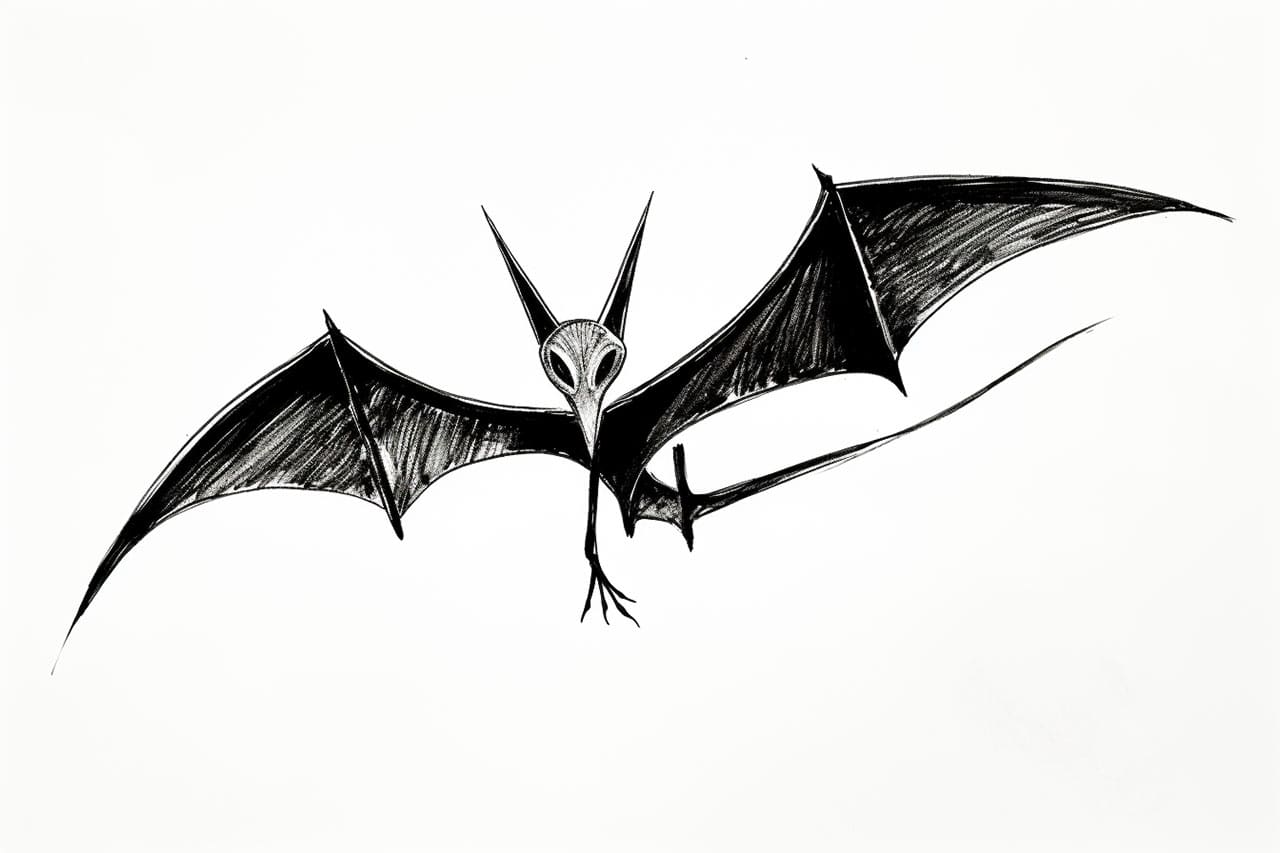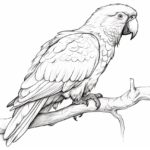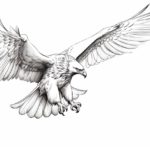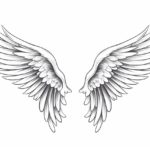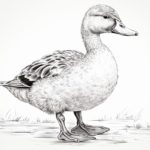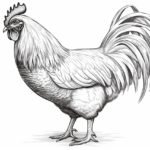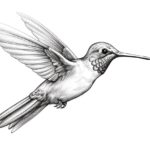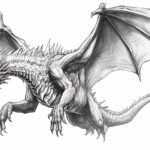Welcome to this step-by-step guide on how to draw a pterodactyl! In this article, we will explore the process of creating a realistic and detailed representation of this prehistoric flying reptile. Whether you are a beginner or an experienced artist, by following these instructions you will be able to draw a pterodactyl with ease. So, let’s dive in and bring this ancient creature to life on paper!
Materials Required
Before we begin, let’s gather the necessary materials to complete this drawing:
- Pencil: You will need a medium-soft graphite pencil, preferably HB or 2B, for sketching and shading.
- Eraser: A soft eraser is essential for correcting mistakes and refining your drawing.
- Paper: Choose a good quality drawing paper that is suitable for pencil work. A smooth surface will help achieve better details.
Now that we have our materials ready, let’s start creating our pterodactyl masterpiece!
Step 1: Basic Guidelines
To begin, lightly sketch the basic outline of the pterodactyl using simple geometric shapes. Start with a large oval for the body, followed by a smaller oval for the head. Add two long, curved lines for the wings and a small triangle for the tail. Position the head at the top and slightly to the right of the body.
Step 2: Head and Beak
Refine the shape of the head by adding more details. Pterodactyls had a distinct head crest, so make sure to include a curved line that starts at the top of the head and extends backward. Next, draw a long, curved line from the head to create the upper part of the beak. The beak should be pointed and slightly open.
Step 3: Eyes and Nostrils
Draw two small circles within the head to represent the eyes. Leave a small white space in each eye to indicate a highlight. Then, add two small ovals near the tip of the beak to illustrate the nostrils.
Step 4: Neck and Body
Connect the head to the body with a long, curved line to form the neck. Make the neck wider toward the body and gradually taper it near the head. Next, refine the body outline by adding more curves to emphasize the shape and contours. Notice that the body is thicker in the middle and tapers towards the tail.
Step 5: Wings
Pterodactyls had large, bat-like wings. Start by drawing the upper portion of the wing using long, curved lines that connect to the body. Then, add another set of curved lines to create the lower part of the wing. Detail the wings by adding lines to represent the bones and webbing of the wings.
Step 6: Legs and Claws
Extend two curved lines downward from the body to create the legs. Pterodactyls had three fingers on each wing, so draw three small, curved lines at the end of each wing to represent the claws. Make the claws sharp and pointed.
Step 7: Tail and Texture
Complete the outline by drawing a long, pointed tail at the end of the body. Add a few curves to indicate the segments of the tail. To make the drawing more realistic, add texture to the body, wings, and tail by sketching small, irregular scales.
Step 8: Shading and Detailing
Now that we have our basic outline, it’s time to add depth and detail to our drawing. Begin by shading the darker areas, such as the shadows under the wings and body. Use gentle strokes and gradually build up the shading to create a smooth transition between light and dark areas. Add more texture to the scales and feathers by using small, directional strokes.
Conclusion
Congratulations! You have successfully drawn a pterodactyl. By following these step-by-step instructions, you have brought this magnificent creature to life on paper. Remember, practice makes perfect, and with time, you will be able to add your personal touch and unique style to your drawings. We hope you enjoyed this tutorial. Keep exploring, keep creating, and keep honing your artistic skills!

